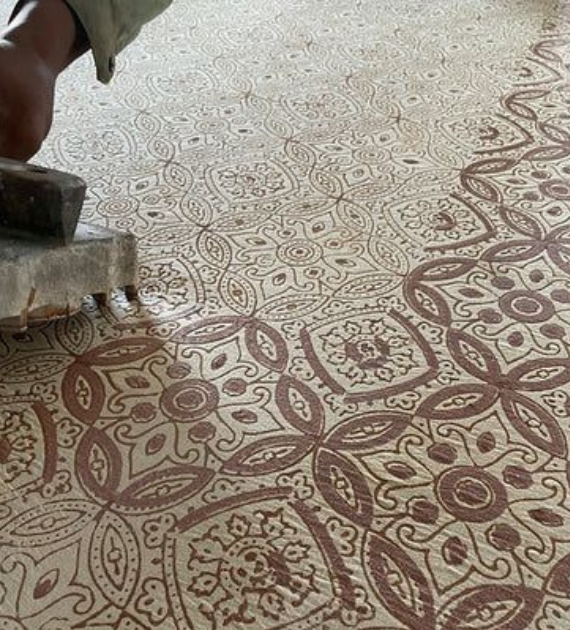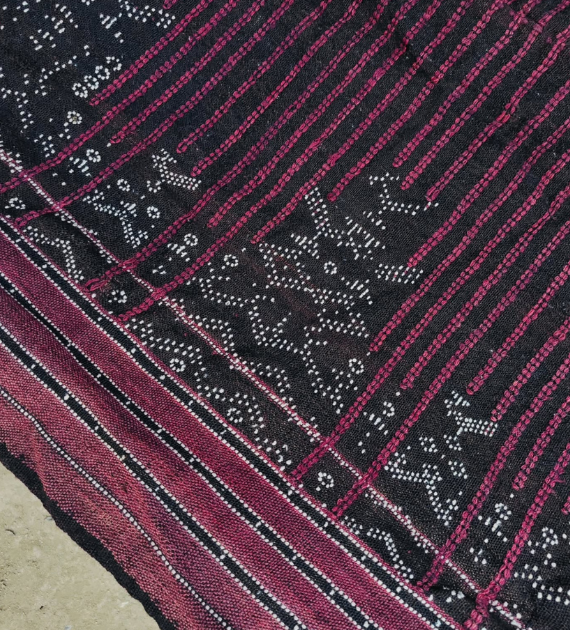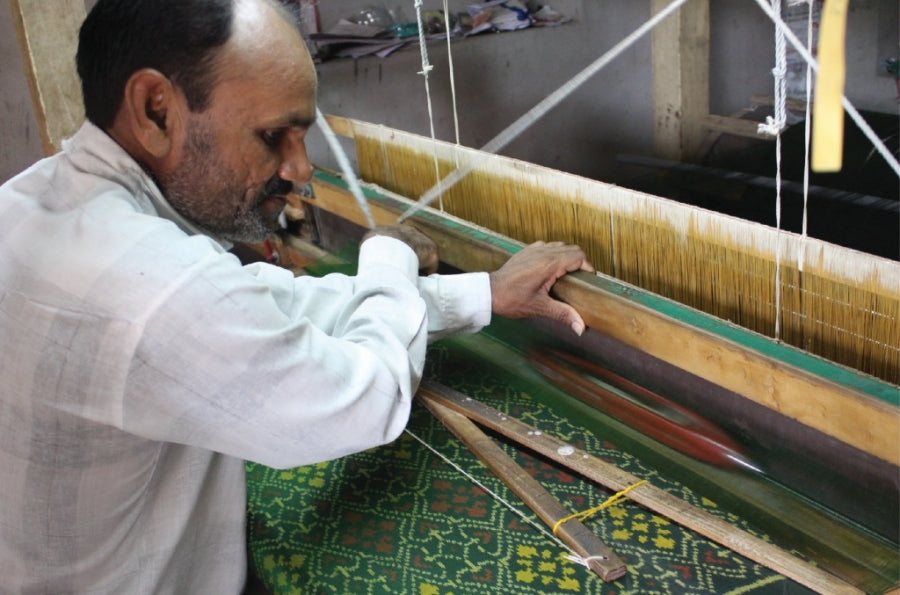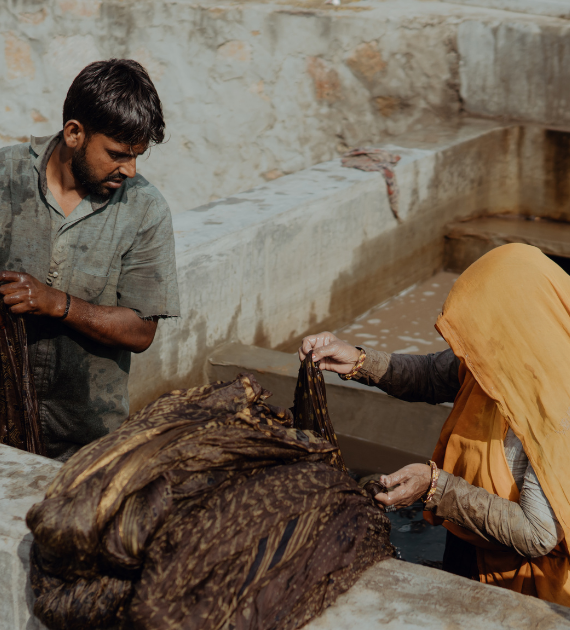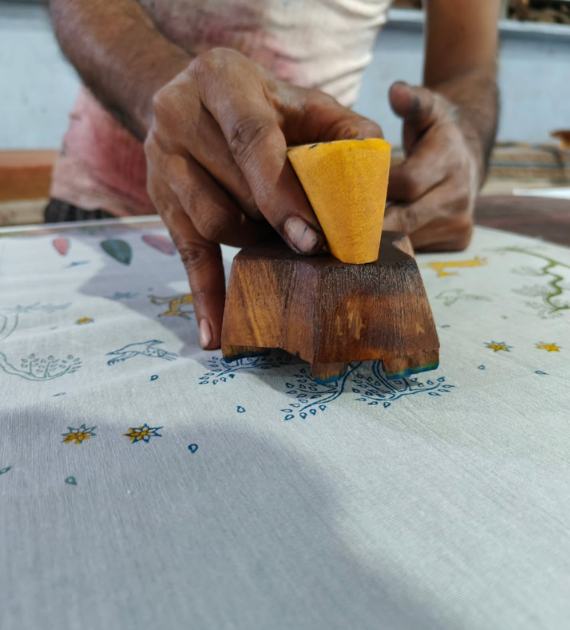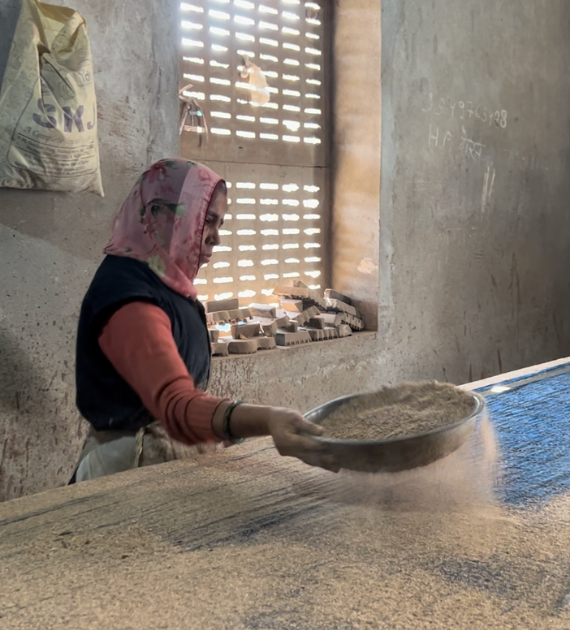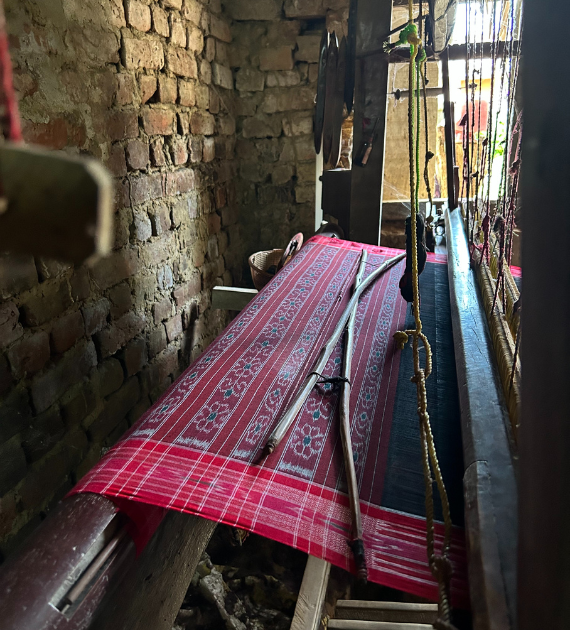Sort by:
Bagru Handblock Printed cotton Fabric
Rs. 374.00
Made by : Nutan Kumar This product is block printed and may have slight irregularities that are a natural outcome of the human involvement in the process. More Details: SHIPPING...
Bagru Handblock Printed cotton Fabric
Rs. 374.00
Made by : Nutan Kumar This product is block printed and may have slight irregularities that are a natural outcome of the human involvement in the process. More Details: SHIPPING...
Bagru Handblock Printed cotton Fabric
Rs. 506.00
Made by : Nutan Kumar This product is block printed and may have slight irregularities that are a natural outcome of the human involvement in the process. More Details: SHIPPING...
Bagru Handblock Printed cotton Fabric
Rs. 506.00
Made by : Nutan Kumar This product is block printed and may have slight irregularities that are a natural outcome of the human involvement in the process. More Details: SHIPPING...
Bagru Handblock Printed cotton Fabric
Rs. 506.00
Made by : Nutan Kumar This product is block printed and may have slight irregularities that are a natural outcome of the human involvement in the process. More Details: SHIPPING...
Bagru Handblock Printed cotton Fabric
Rs. 483.00
Made by : Nutan Kumar This product is block printed and may have slight irregularities that are a natural outcome of the human involvement in the process. More Details: SHIPPING...
Bagru Handblock Printed cotton Fabric
Rs. 506.00
Made by : Nutan Kumar This product is block printed and may have slight irregularities that are a natural outcome of the human involvement in the process. More Details: SHIPPING...
Bagru Handblock Printed cotton Fabric
Rs. 374.00
Made by : Nutan Kumar This product is block printed and may have slight irregularities that are a natural outcome of the human involvement in the process. More Details: SHIPPING...
Bagru Handblock Printed cotton Fabric
Rs. 374.00
Made by : Nutan Kumar This product is block printed and may have slight irregularities that are a natural outcome of the human involvement in the process. More Details: SHIPPING...
Bagru Handblock Printed cotton Fabric
Rs. 374.00
Made by : Nutan Kumar This product is block printed and may have slight irregularities that are a natural outcome of the human involvement in the process. More Details: SHIPPING...
Bagru Handblock Printed cotton Fabric
Rs. 374.00
Made by : Nutan Kumar This product is block printed and may have slight irregularities that are a natural outcome of the human involvement in the process. More Details: SHIPPING...
Bagru Handblock Printed cotton Fabric
Rs. 374.00
Made by : Nutan Kumar This product is block printed and may have slight irregularities that are a natural outcome of the human involvement in the process. More Details: SHIPPING...


